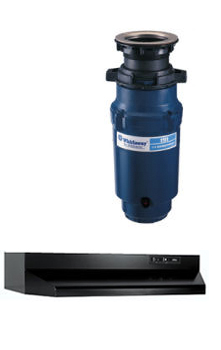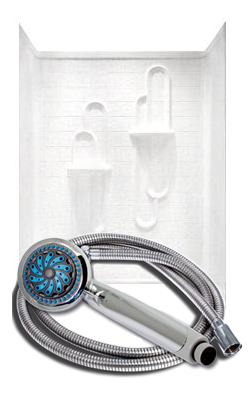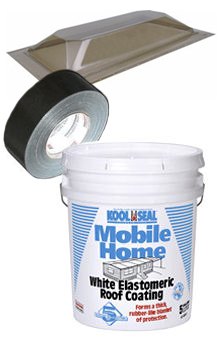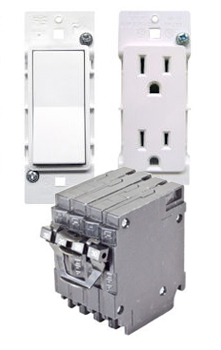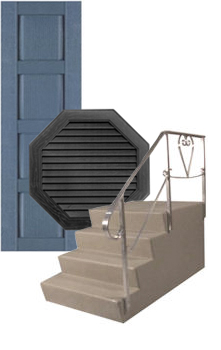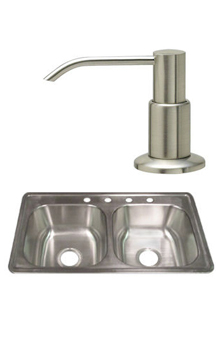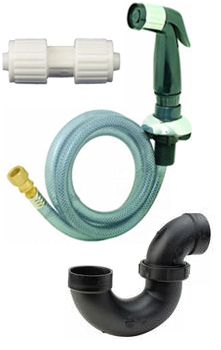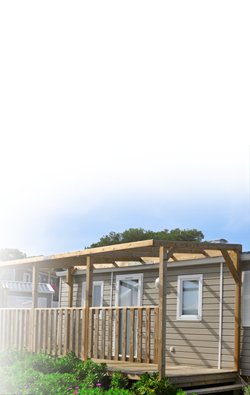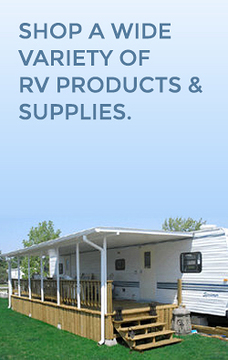
Winter is coming, and while it’s tempting to pile on another blanket, preparing your mobile home for the colder months can do a lot more than keep you warm. It’s about creating a cozy, comfortable home without skyrocketing utility bills. Even small changes can make a big difference! So, before those frosty mornings set in, let’s look at some ways to boost your mobile home’s energy efficiency.
Why Should You Improve Energy Efficiency?
Why focus on energy efficiency, you ask? It’s all about comfort, savings, and even doing a little good for the environment. Imagine coming home after a chilly day and feeling a wave of warmth that’s not only cozy but also kind to your budget. When your home keeps heat in, your heater doesn’t have to work overtime, which means lower bills and less energy used. Plus, you’re cutting back on your carbon footprint while keeping your toes toasty.
Upgrading Windows
Windows can be a sneaky source of heat loss. If your windows are old, single-pane, or just poorly sealed, they could be letting out a lot of warmth. Think about it—when you stand next to a window in winter and feel that chilly draft, that’s your heater’s hard work going out the window, literally.
If you’re considering new windows, pay attention to the U-factor and Energy Star certification. The U-factor measures how well a window keeps heat inside—lower numbers mean better insulation. Meanwhile, Energy Star-certified windows meet strict energy efficiency guidelines, so you can trust they’ll help keep the heat where it belongs.
Budget-Friendly Alternatives
Even if new windows are outside your budget, there are still ways to help your current ones perform better. Consider using window film for an extra layer of insulation or thermal curtains, which act like blankets for your windows, keeping heat from escaping at night.
- Window films: These clear, stick-on films add a layer of insulation to your windows, reducing heat loss.
- Thermal curtains or blinds: These thick, insulating curtains can be closed at night to block drafts, and they come in lots of colors and styles to fit your décor.
Doors: Sealing Out the Cold
When it comes to doors, it’s easy to overlook how much heat they can let out—especially if they’re old or have gaps around the edges. You might notice that the area near your door feels colder than the rest of your home, or maybe you’ve felt a chilly draft sneak in underneath.
Energy-Efficient Door Options
If you’re ready to upgrade, it’s worth looking into energy-efficient doors. The best ones are often made from fiberglass, steel, or insulated wood. Here’s what to consider:
- Fiberglass doors are a strong contender for energy efficiency. They often come with foam cores that trap heat and keep the cold at bay.
- Steel doors also usually have foam insulation inside, making them good heat blockers. Just keep in mind that they can feel colder to the touch in winter.
- Insulated wood doors offer a classic look and are better at keeping heat inside than traditional wooden doors.
Easy Door Alternatives
But what if you’re not quite ready for a new door? Don’t worry! You can make a big difference with some simple fixes:
- Add a door sweep to the bottom of the door to block drafts. It’s a quick and affordable solution that stops cold air from creeping in.
- If you want an extra layer of protection, consider installing a storm door. It’s like adding a windbreaker over your winter coat, giving you more insulation.
Just as with windows, how well a door is sealed can make or break its performance. Make sure there are no gaps between the door and its frame, and use caulk to fill any spaces where cold air might seep through.
Weather Stripping: Small Change, Big Impact
If you’re looking for a cost-effective, easy way to improve your mobile home’s energy efficiency, weather stripping is it. This simple upgrade is all about filling the small gaps around doors, windows, attic hatches, and even crawl space entries.
Choosing the Right Weather Stripping
There are several types of weather stripping, each suited to different spots around your home:
- V-strips (tension seals) are great for the sides of doors or windows. They compress when the door or window closes, sealing out drafts.
- Foam tape is easy to apply and works well on irregular surfaces. It’s sticky on one side, so you can peel and press it into place around windows or doors.
- Door sweeps and thresholds help seal the gaps at the bottom of doors, keeping cold air from sneaking in underneath.
Applying weather stripping is a relatively simple DIY job. Just measure the length you need, cut it to fit, and press it into place. The difference you’ll feel—less draft and a more stable indoor temperature—makes it well worth the effort.
Insulation: The Blanket for Your Home
Think of insulation as a cozy blanket for your home. It’s what keeps the heat from leaking out through walls, floors, and ceilings. In mobile homes, insulation can be a big deal because they’re often less insulated than traditional houses. That means more heat loss if it’s not addressed.
Insulating Key Areas
If you’re wondering where to start, here’s a quick breakdown:
- Underbelly insulation (beneath the floor) keeps warmth from escaping into the ground below. Adding fiberglass batts or spray foam under your mobile home’s floor can make a noticeable difference.
- Wall insulation can be improved with blown-in insulation, which fills gaps more effectively than traditional batts.
- Roof and ceiling insulation is just as important, if not more so. Warm air rises, and if your ceiling isn’t well insulated, you’re losing a lot of heat. Adding insulation to the attic or roof cavity helps prevent heat from escaping upwards.
As you’re insulating, consider adding vapor barriers to prevent moisture buildup, which can lead to mold and mildew issues. It’s also essential to maintain proper ventilation to keep your indoor air quality healthy.
Bringing It All Together
Making your mobile home more energy-efficient doesn’t have to be overwhelming. It’s all about tackling one area at a time and making small, meaningful improvements that add up. Upgrading windows, improving doors, adding weather stripping, and boosting insulation all work together to create a warmer, more cost-effective home.
If you’re looking for supplies, check out the Mobile Home Parts Store, where you’ll find the parts and supplies you need to make these improvements. So, whether you’re sealing up windows or adding a new door, you’ll be all set for a warm and cozy winter. Happy prepping!
Tags: Doors for Mobile Home, heating and cooling, Low-E windows, mobile home, weatherstripping


